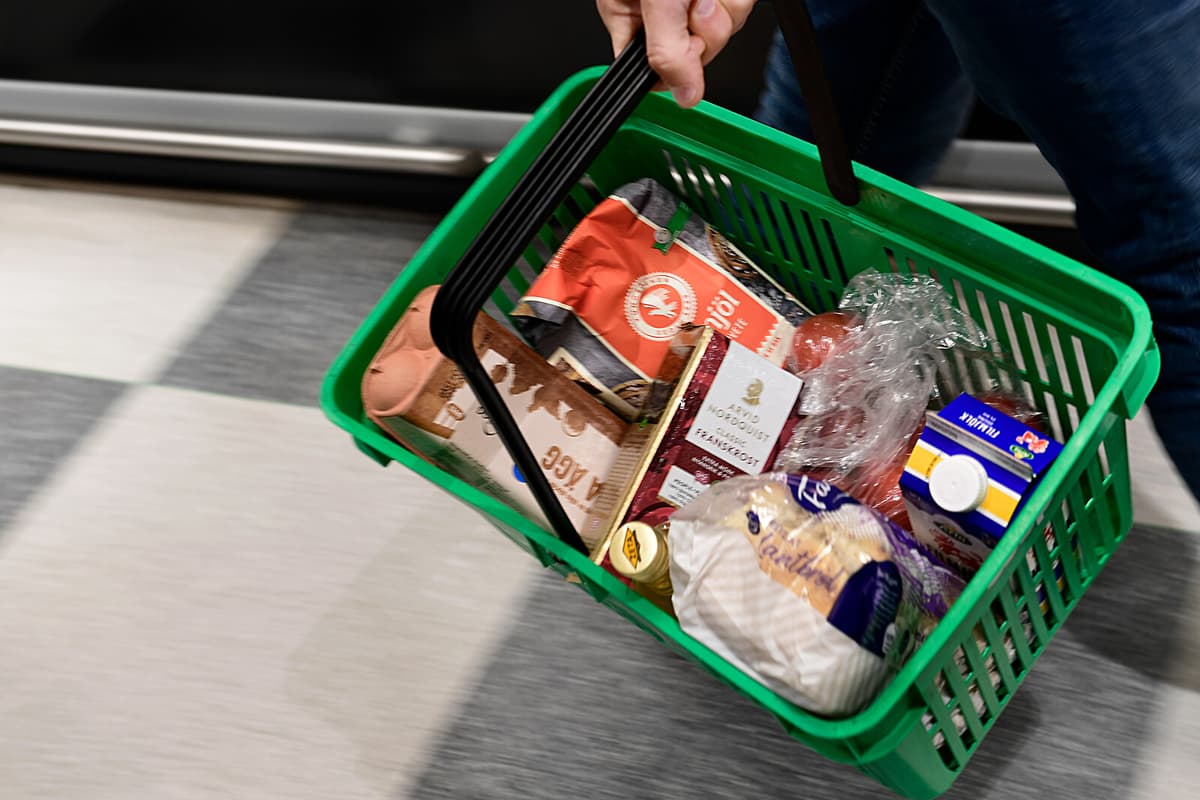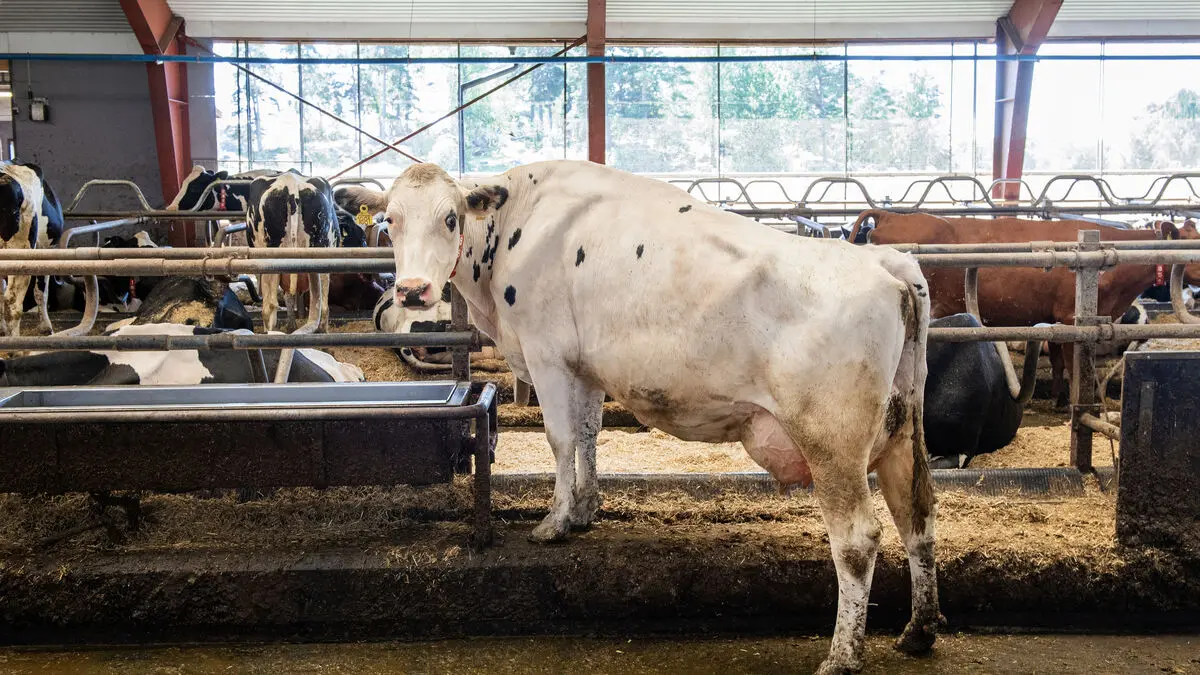The regular price of the total 45,000 items included in the Food Price Monitor's surveys fluctuated around zero in May. If you look at food only, a price increase of 0.1 percent was seen.
It's good, it's actually great, says Ulf Mazur, CEO and founder of the Food Price Monitor.
Some products, however, increased in price in May, including minced meat, which rose 2.3 percent, beef 1.6 percent, and lamb, game, and veal, which became 1 percent more expensive.
Continues Upwards
According to Ulf Mazur, the continued price increases for meat are due to increased demand and reduced supply earlier. And he does not believe in a downward price trend in the near future.
It doesn't seem like the meat price has peaked. Beef can continue upwards.
The price pressure downwards is led by fruit, vegetables, and fish. In some cases, due to season.
In May, fruit prices fell by 3 percent, oil and vinegar became 2 percent cheaper, berry prices fell 1.1 percent, and fresh vegetables became 0.6 cheaper. Fish prices fell 0.7 percent.
More Expensive Anyway
Although the price increases have now slowed down, and in some cases reversed, products are in many cases more expensive – and in some cases significantly more expensive – than a year ago.
In May this year, for example, coffee was 29.9 percent more expensive than a year ago, chocolate 23.4 percent more expensive, and berries 14.5 percent more expensive.
Some products have also fallen in price, and oil and vinegar stand out as having become 9.7 percent cheaper compared to last year. The category of marinades and grill has fallen 1.8 percent, as well as eggs, which have become 1.1 percent cheaper.
This is how the measurement methods differ between Statistics Sweden (SCB) and the Food Price Monitor:
Statistics Sweden measures actual sales and actual prices, and is based on a specific shopping basket where different items "weigh" differently depending on how much of a particular item people buy.
The distribution of the product groups in the basket for 2025 is determined based on consumers' purchasing patterns in 2023, the most recently completed full year) and the specific items in the selection are selected based on data for both 2023 and 2024.
The Food Price Monitor is based on advertised regular prices for over 40,000 different items from the larger chains. The Food Price Monitor thus measures prices, not actual sales.
Sources: Statistics Sweden and the Food Price Monitor





